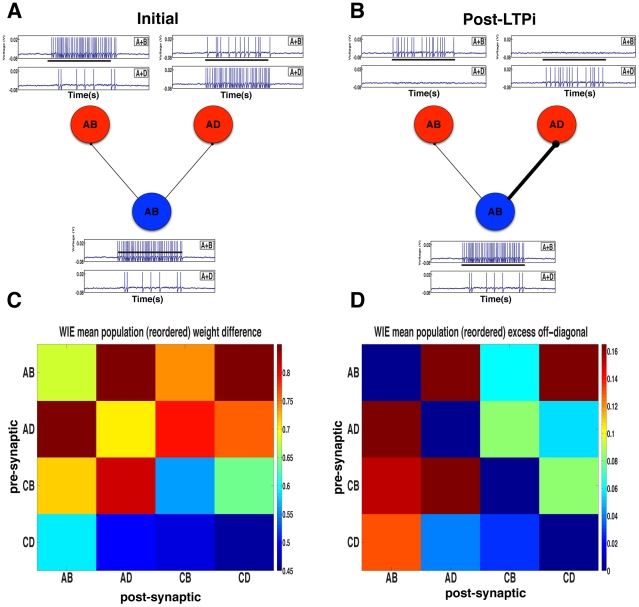Figure 3. LTPi generates stimulus-pair selectivity via cross-inhibition.
A. Initially an AB inhibitory neuron (blue) projects with equal strength to one AB and one AD excitatory neuron (red). The top voltage trace for each cell is during an A+B trial, while the lower voltage trace is during an A+D trial (The black bar underneath the figure represents cue presentation time of 1 s). B. Synaptic strength from the AB inhibitory neuron to the AD excitatory neuron increases substantially following training, as the excitatory AD cell rarely fires during the A+B stimulus-pair to veto, via coincident firing, the LTPi arising from inhibitory spikes. Meanwhile, synaptic strength from the AB inhibitory neuron increases by only a small margin to the AB excitatory cell due to the large number of vetoes of LTPi produced by coincident excitatory and inhibitory spikes as they share inputs A+B. C. The change in synaptic weight at the inhibitory-to-excitatory synapse is shown by the magnitude of change from the initial weights. The stronger synapses are from inhibitory to excitatory neurons that share the least inputs off the diagonal, i.e. cross-inhibition. Excitatory neurons that share the same input have the weakest inhibitory presynaptic connections due to the strongest veto effect. D. We illustrate cross-inhibition by LTPi, by taking the weight changes between groups (shown in C) and subtracting the within-group value (the diagonal) for each presynaptic cell (each row). Inhibition is visibly strongest off diagonal (cross-inhibition) while weakest along the diagonal (self-inhibition) for similarly responsive inhibitory and excitatory cells.

